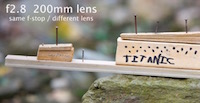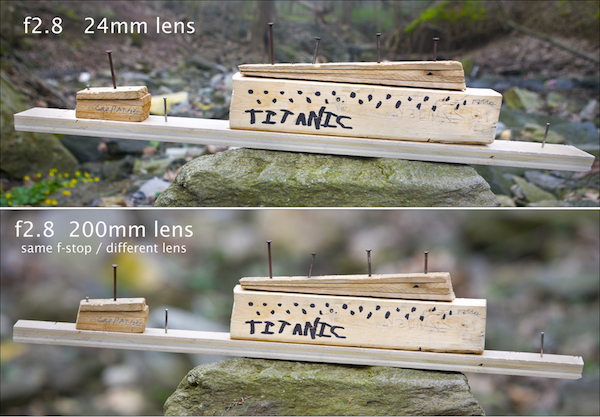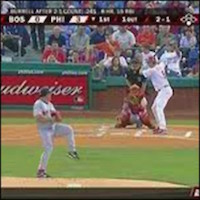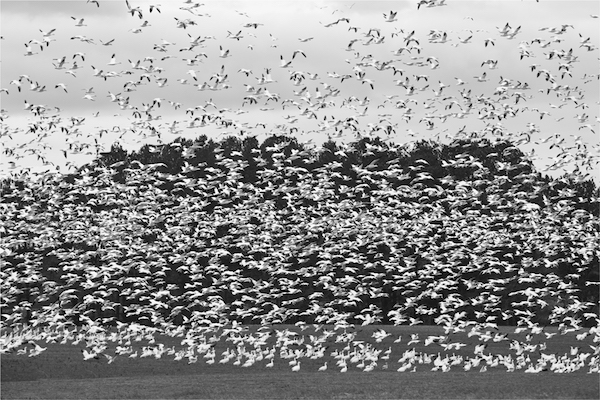What do telephoto lenses really do?
posted Tuesday, March 31, 2015 at 8:07 AM EST

There was a video on YouTube floating around recently that was cleverly produced by a commercial photographer mocking all of the questions that people ask someone who has an expensive looking camera hanging around their neck.
(I want you to know that I try to be as friendly as possible with these people. This represents several hundred conversations in my lifetime, I would guess.)
And very near the top of the list of questions I’ve been asked is one that really makes no sense, but these poor people don’t know how else to phrase the question. This, verbatim, is what they ask when I’m carrying a camera with a large telephoto lens:
How close can that lens bring things?

How close can that lens bring things? I know exactly what they mean, so despite the twisted grammar and my inclination towards some kind of comedy comeback, I cut through minutes of sarcastic red tape and explain the following misconception about telephoto lens.
The main use of a telephoto lens is NOT to “bring things close.” In fact, professionals often use their long lenses when they could easily get much closer to their subjects and use a different lens. Yes, telephoto lenses do appear to bring things close, but that’s the blunt end of the instrument.
The two most common uses of a telephoto lens by a professional photographer would be:
- Put backgrounds out of focus
- Change the perspective of the picture
Here’s how to use a telephoto lens to put a background out-of-focus:
The out-of-focus effect of f2.8 on a background is much greater with a 200mm lens then with a 50mm lens. So if you wanted to dramatically put a background out-of-focus, and you had the choice, it would be best to use a 200mm lens. And the tighter you get on the subject—just head and shoulders, for example—the more pronounced the effect.
So if you wanted to do everything you could to put a background out-of-focus for a head shot you would:
- Use your largest aperture. That’s the smallest number.
- Use the longest lens you have.
- Get as close as you can to your subject to fill the frame. The closer you get the more out-of-focus the background.

Every major league baseball field has a place for a television camera that’s hidden in the center field wall. This is a great angle to see the pitcher and the batter in one shot. The problem is that center field is a long way from home plate. They are forced to use a major-league telephoto lens. This completely changes the perspective of the picture.
The pitcher and the batter appear to be standing next to each other—they look exactly the same height despite the pitcher being 90 feet closer to the camera than the batter. The long, telephoto lens has totally compressed the scene and exaggerated how close they are to each other.
Depending on what is your longest lens, you can do the same thing to your advantage. You can make backgrounds look closer to your subjects than they really are.

Here’s how to change the perspective of a picture with a telephoto lens:
- Position your subject against the background and then use the longest lens you have to compose the picture.
- This time you need to carefully consider your f-stop. Using a large aperture (small number) may actually put the background out of focus too much. And using a smaller aperture may force you to use a shutter speed that will be difficult to hand hold without camera shake. Turning up your ISO or using a tripod would both be ways to prevent camera shake.